Ford Tourneo Connect vs Jeep Avenger – Which car suits you better?
Two cars, one duel: Ford Tourneo Connect meets Jeep Avenger.
Which one wins in performance, efficiency and value for money? Find out now!
Here’s where it gets real: The technical differences in detail
Costs and Efficiency: Looking at overall running costs, both models reveal some interesting differences in everyday economy.
Jeep Avenger has a clearly perceptible advantage in terms of price – it starts at 21900 £, while the Ford Tourneo Connect costs 27300 £. That’s a price difference of around 5400 £.
Fuel consumption also shows a difference: the Ford Tourneo Connect manages with 0.50 L and is therefore convincingly more efficient than the Jeep Avenger with 4.90 L. The difference is about 4.40 L per 100 km.
As for range, the Jeep Avenger performs significantly better – achieving up to 400 km, about 281 km more than the Ford Tourneo Connect.
Engine and Performance: Power, torque and acceleration say a lot about how a car feels on the road. This is where you see which model delivers more driving dynamics.
When it comes to engine power, the Jeep Avenger has a barely noticeable edge – offering 156 HP compared to 150 HP. That’s roughly 6 HP more horsepower.
In acceleration from 0 to 100 km/h, the Jeep Avenger is to a small extent quicker – completing the sprint in 9 s, while the Ford Tourneo Connect takes 10.10 s. That’s about 1.10 s faster.
In terms of top speed, the Jeep Avenger performs slight better – reaching 194 km/h, while the Ford Tourneo Connect tops out at 186 km/h. The difference is around 8 km/h.
There’s also a difference in torque: the Ford Tourneo Connect pulls evident stronger with 350 Nm compared to 260 Nm. That’s about 90 Nm difference.
Space and Everyday Use: Whether family car or daily driver – which one offers more room, flexibility and comfort?
Both vehicles offer seating for 5 people.
In curb weight, the Jeep Avenger is noticeable lighter – 1180 kg compared to 1542 kg. The difference is around 362 kg.
In terms of boot space, the Ford Tourneo Connect offers significantly more room – 1720 L compared to 380 L. That’s a difference of about 1340 L.
In maximum load capacity, the Ford Tourneo Connect performs decisively better – up to 3105 L, which is about 1828 L more than the Jeep Avenger.
When it comes to payload, Ford Tourneo Connect distinct takes the win – 818 kg compared to 502 kg. That’s a difference of about 316 kg.
All in all, the Ford Tourneo Connect shows itself to be dominates this comparison and secures the title of DriveDuel Champion.
It impresses with the more balanced overall package and proves to be the more versatile companion for everyday use.
Ford Tourneo Connect
The Ford Tourneo Connect represents a versatile option in the people carrier segment, offering a blend of functionality and comfort for family or business use. Its design combines modern aesthetics with the practicality needed for daily operations, making it an appealing choice for those seeking a reliable and adaptable vehicle. Inside, the Tourneo Connect provides a spacious and well-thought-out interior, ensuring a comfortable driving experience for both driver and passengers.
details @ tourneoconnect.fordpresskits.com
@ tourneoconnect.fordpresskits.com
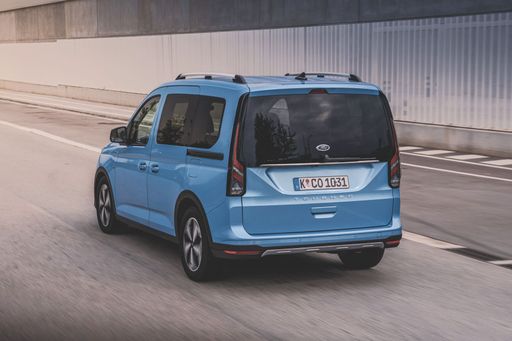 @ tourneoconnect.fordpresskits.com
@ tourneoconnect.fordpresskits.com
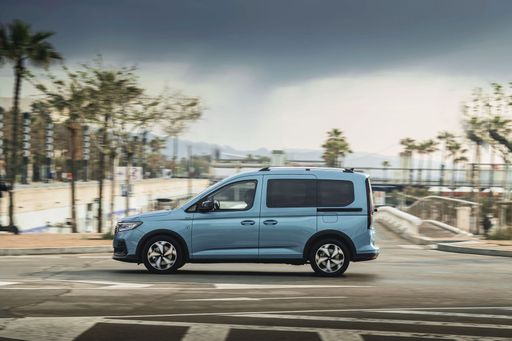 @ tourneoconnect.fordpresskits.com
@ tourneoconnect.fordpresskits.com
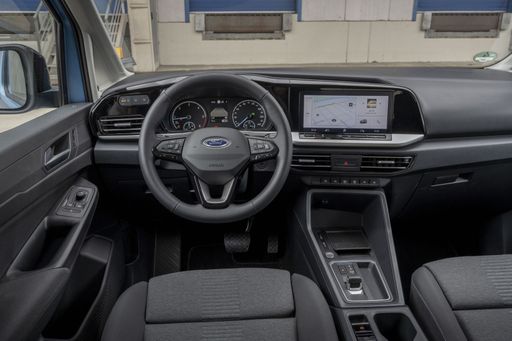 @ tourneoconnect.fordpresskits.com
@ tourneoconnect.fordpresskits.com
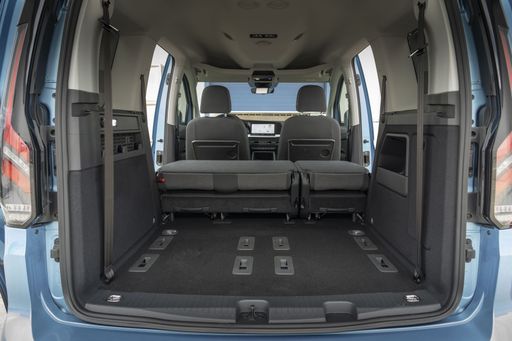 @ tourneoconnect.fordpresskits.com
@ tourneoconnect.fordpresskits.com
Jeep Avenger
The Jeep Avenger is a compact SUV that brings a blend of rugged design and modern technology, making it ideal for both urban and off-road adventures. Its robust build and distinctive styling capture Jeep's iconic spirit while offering a comfortable and refined driving experience. With advanced safety features and a versatile interior, the Avenger caters to a wide range of drivers looking for practicality and excitement.
details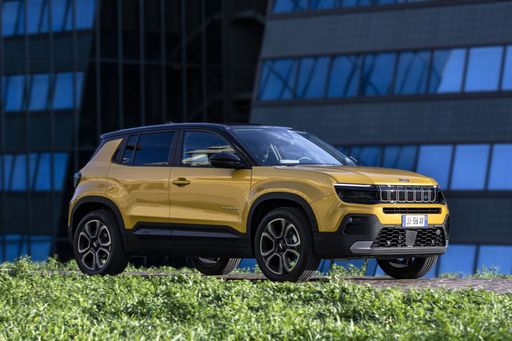 @ Stellantis
@ Stellantis
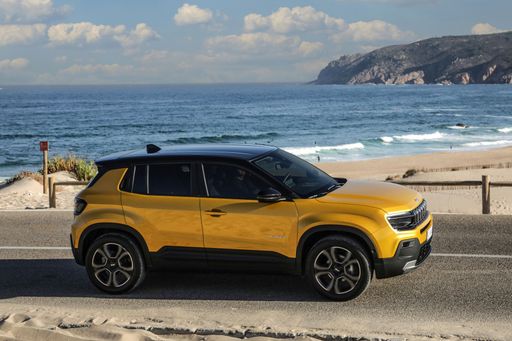 @ Stellantis
@ Stellantis
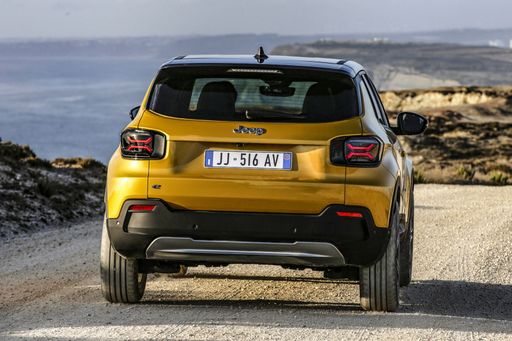 @ Stellantis
@ Stellantis
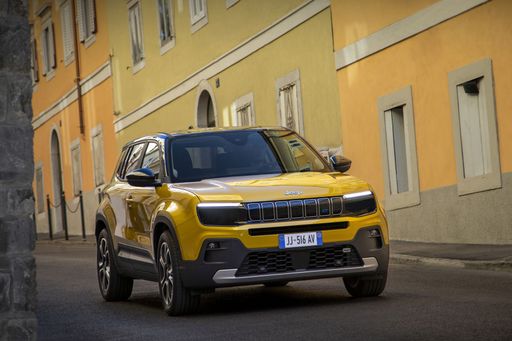 @ Stellantis
@ Stellantis
 @ Stellantis
@ Stellantis

|

|
|
|
|
Costs and Consumption |
|
|---|---|
|
Price
27300 - 41900 £
|
Price
21900 - 36900 £
|
|
Consumption L/100km
0.5 - 6.9 L
|
Consumption L/100km
4.9 - 5.7 L
|
|
Consumption kWh/100km
-
|
Consumption kWh/100km
15.50 kWh
|
|
Electric Range
116 - 119 km
|
Electric Range
400 km
|
|
Battery Capacity
19.70 kWh
|
Battery Capacity
51 kWh
|
|
co2
11 - 164 g/km
|
co2
0 - 129 g/km
|
|
Fuel tank capacity
32 - 50 L
|
Fuel tank capacity
44 L
|
Dimensions and Body |
|
|---|---|
|
Body Type
High Roof Estate
|
Body Type
SUV
|
|
Seats
5
|
Seats
5
|
|
Doors
5
|
Doors
5
|
|
Curb weight
1542 - 1781 kg
|
Curb weight
1180 - 1520 kg
|
|
Trunk capacity
1213 - 1720 L
|
Trunk capacity
325 - 380 L
|
|
Length
4500 - 4868 mm
|
Length
4084 - 4088 mm
|
|
Width
1855 mm
|
Width
1776 mm
|
|
Height
1833 mm
|
Height
1527 - 1541 mm
|
|
Max trunk capacity
2556 - 3105 L
|
Max trunk capacity
1218 - 1277 L
|
|
Payload
563 - 818 kg
|
Payload
494 - 502 kg
|
Engine and Performance |
|
|---|---|
|
Engine Type
Plugin Hybrid, Petrol, Diesel
|
Engine Type
Electric, Petrol, Petrol MHEV
|
|
Transmission
Automatic, Manuel
|
Transmission
Automatic, Manuel
|
|
Transmission Detail
Dual-Clutch Automatic, Manual Gearbox
|
Transmission Detail
Reduction Gearbox, Manual Gearbox, Dual-Clutch Automatic
|
|
Drive Type
Front-Wheel Drive, All-Wheel Drive
|
Drive Type
Front-Wheel Drive, All-Wheel Drive
|
|
Power HP
102 - 150 HP
|
Power HP
100 - 156 HP
|
|
Acceleration 0-100km/h
10.1 - 13.5 s
|
Acceleration 0-100km/h
9 - 10.6 s
|
|
Max Speed
175 - 186 km/h
|
Max Speed
150 - 194 km/h
|
|
Torque
220 - 350 Nm
|
Torque
205 - 260 Nm
|
|
Number of Cylinders
4
|
Number of Cylinders
3
|
|
Power kW
75 - 110 kW
|
Power kW
74 - 115 kW
|
|
Engine capacity
1498 - 1968 cm3
|
Engine capacity
1199 cm3
|
General |
|
|---|---|
|
Model Year
2024 - 2025
|
Model Year
2023 - 2025
|
|
CO2 Efficiency Class
B, E, F
|
CO2 Efficiency Class
A, D, C
|
|
Brand
Ford
|
Brand
Jeep
|
Is the Ford Tourneo Connect offered with different drivetrains?
Available configurations include Front-Wheel Drive or All-Wheel Drive.
The prices and data displayed are estimates based on German list prices and may vary by country. This information is not legally binding.
